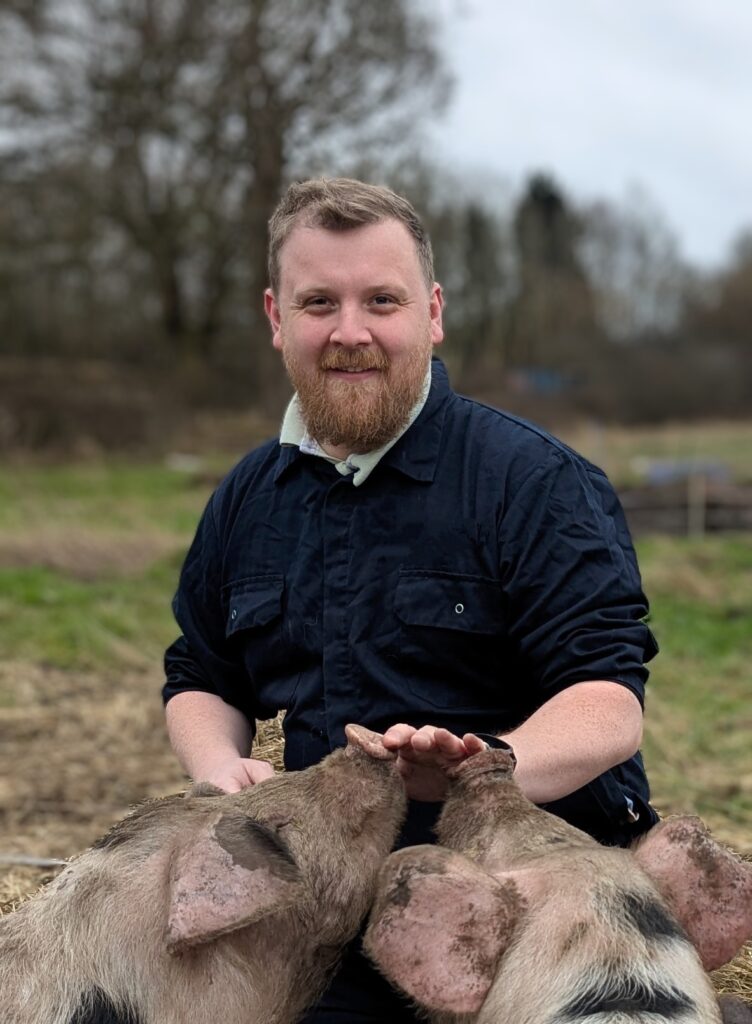At the end of last year, I began to feel unusually tired and fatigued. Like many of us, I kept going and ignored the signs, attributing them to a busy life.
Eventually, I went to the doctor and discovered that both my iron and vitamin D levels were severely low. I was prescribed high-dose supplements, and after three months my levels returned to normal. I’ve chosen to continue daily supplementation of both.
You might wonder why a pig magazine article starts with a personal health story. But the connection is important. First, it serves as a reminder to take care of your own health – get regular check-ups and don’t ignore the symptoms.
Second, the story highlights the parallels between human and pig nutrition. These nutrients are just as critical for pigs as they are for us. With all of Scandinavia recommending supplementation of Vitamin D year round, and with most of the UK having very similar light levels, it is worth considering for your own health.
Vitamin D in pigs
Vitamin D is synthesised in the skin from cholesterol when exposed to UVB rays. This process is more efficient in sunny climates than in much of the UK.
Once produced in the skin, vitamin D is converted by the liver and kidneys into its active form, which binds to receptors throughout the body.
In pigs, vitamin D is essential for several biological functions, especially skeletal development. One study showed that piglets fed a diet without supplemental vitamin D for just two weeks had 13% lower bone mineral density than those on a supplemented diet.
These animals were grown to 115kg, and those fed without the supplement only for two weeks at five to seven weeks grew at least 48g/day slower than their supplemented counterparts.
In breeding gilts, vitamin D is critical, not only for bone strength but also for supporting pregnancy and ensuring adequate calcium and phosphorus levels for lactation.
Vitamin D also supports both innate and adaptive immunity, strengthening gut integrity and boosting antibody production, especially valuable in the post-weaning period when pigs are most vulnerable to scours.
Two forms of vitamin D are available for supplementation: D3 (cholecalciferol) and 25(OH)D3 (calcifediol). D3 requires activation by the liver and kidneys, while 25(OH)D3 is active immediately.
Both have their benefits and should be used under guidance from your vet or nutritionist.
This is especially important for indoor-reared pigs, as artificial lighting does not provide the UVB necessary for vitamin D synthesis. This is governed by legal limits.
Iron in piglets
Piglets are born with only about 50mg of iron, and sow milk provides just 1mg/day – far short of the 10–15mg they require. This is why we administer iron injections in the first days of life, either on its own or in combination with a coccidistat.
Iron is a vital component of haemoglobin, the molecule responsible for oxygen transport in the blood.
Without adequate iron, piglets become anaemic, which leads to pale skin, lethargy, poor growth and increased susceptibility to disease. Iron also plays a key role in immune function across all ages.
While oral supplementation is possible, high doses of iron can irritate the gut and contribute to biofilm formation in water lines. For these reasons, injectable iron is the most effective and reliable method for meeting the piglet’s needs.
Iron in sows
Iron is particularly important in gestation, as piglets in the uterus are reliant on the sow’s lungs for their oxygen, with blood volume increasing by 15-20%.
This increase requires supplementation in the feed of around 80–100mg of iron/kg of feed. It is required for losses through haemorrhages at farrowing, as well as through transfer to the piglets during gestation.
I hope this article has given you a fresh perspective on two vital nutrients that affect both human and pig health. If nothing else, let it be a reminder to top up your own vitamin D levels – whether through supplements or by soaking in the sunshine, at home or abroad.




